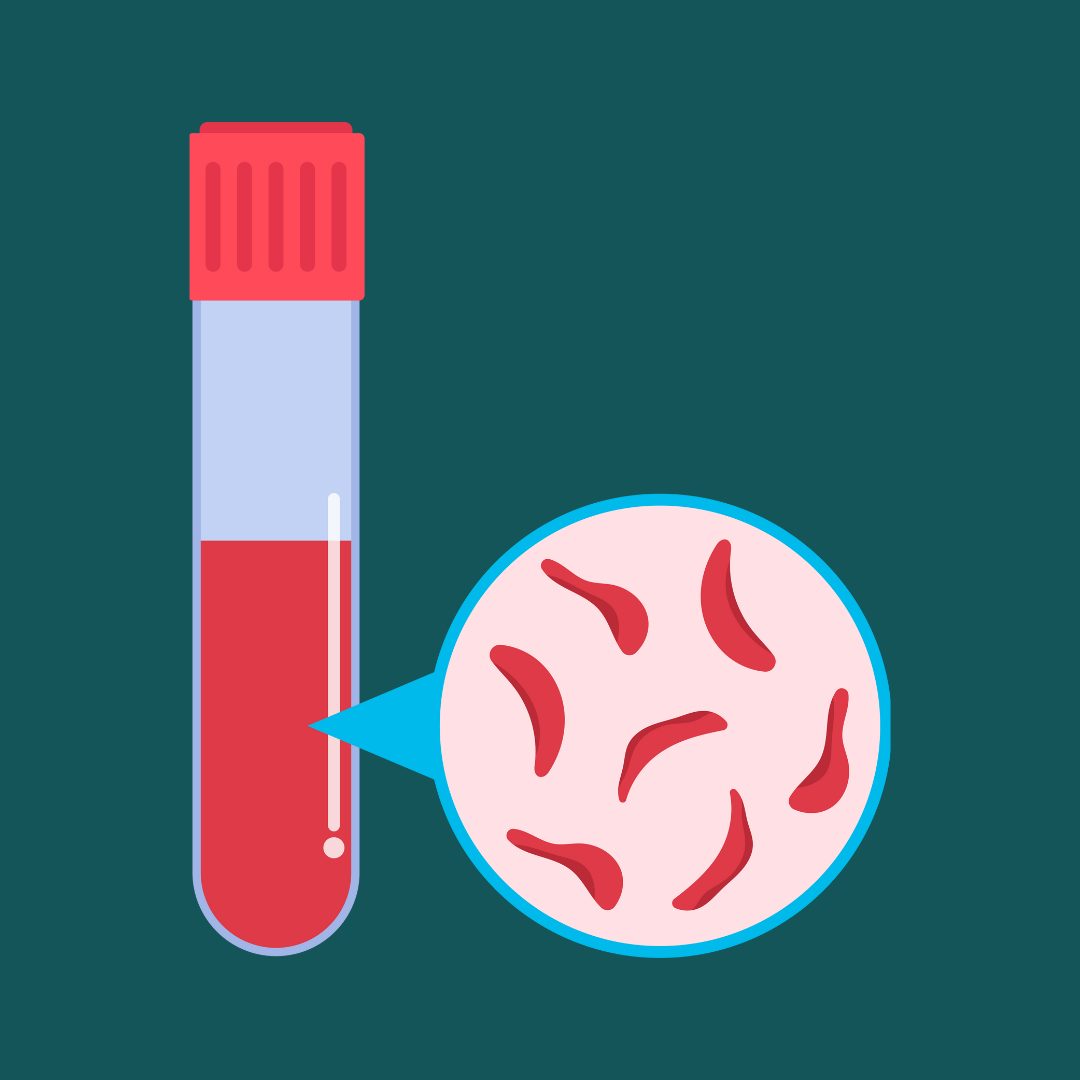Warrior Spirit: An Interview with Victoria Gray, Sickle Cell Pioneer
By Victoria Gray, Uduak Thomas, and Kevin Davies,
The CRISPR Journal
| 02. 14. 2024
In July 2019, medical staff in Nashville dosed the first U.S. patient in the exa-cel therapy trial, sponsored by Vertex Pharmaceuticals and CRISPR Therapeutics. That first patient was Victoria Gray, a mother of four from Forest, Mississippi, a sickle cell warrior and a true pioneer in the world of CRISPR and cell therapy. That process began 4.5 years ago. Today, she is healthy, enjoying a pain-free life with her family and friends—as are dozens of other sickle cell patients who participated in the trial. In December 2023, the U.S. Food and Drug Administration (FDA) approved Casgevy, setting a list price of $2.2 million for the one-time therapy. In January 2024, Executive Editor Kevin Davies and GEN Senior Editor Uduak Thomas interviewed Gray for “The State of Cell and Gene Therapy,” a GEN virtual summit that was broadcast on January 24, 2024.
(This interview has been lightly edited for length and clarity.)
Victoria, how are you feeling today?
Gray: I'm still doing good—way better than I expected in the beginning. So life is good for me right now.
What can you...
Related Articles
By Aisha Down, The Guardian | 11.10.2025
It has been an excellent year for neurotech, if you ignore the people funding it. In August, a tiny brain implant successfully decoded the inner speech of paralysis patients. In October, an eye implant restored sight to patients who had...
By Jessica Hamzelou, MIT Technology Review | 11.07.2025
This week, we heard that Tom Brady had his dog cloned. The former quarterback revealed that his Junie is actually a clone of Lua, a pit bull mix that died in 2023.
Brady’s announcement follows those of celebrities like Paris...
By Heidi Ledford, Nature | 10.31.2025
Late last year, dozens of researchers spanning thousands of miles banded together in a race to save one baby boy’s life. The result was a world first: a cutting-edge gene-editing therapy fashioned for a single person, and produced in...
By Lauran Neergaard, AP News | 11.03.2025
WASHINGTON (AP) — The first clinical trial is getting underway to see if transplanting pig kidneys into people might really save lives.
United Therapeutics, a producer of gene-edited pig kidneys, announced Monday that the study’s initial transplant was performed successfully...




